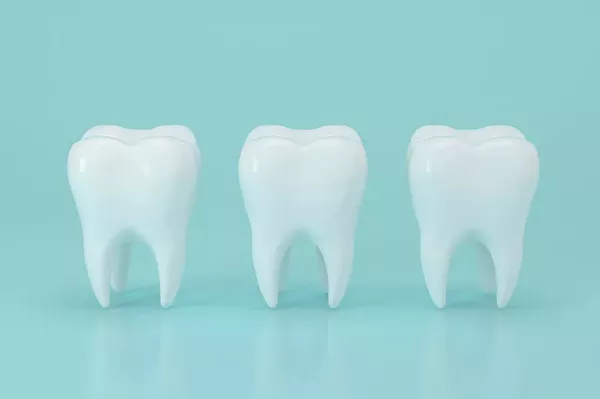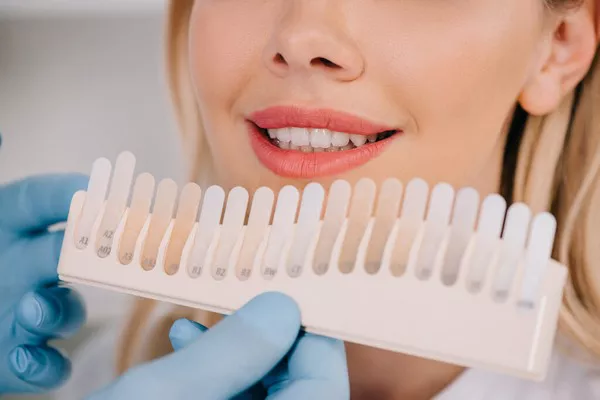A toothache can be a relentless companion, often driving individuals to seek relief through dental interventions. Dental fillings are a common solution to address cavities and tooth decay, providing restoration and relief. However, a question that frequently arises is whether it’s normal to experience pain after a tooth filling. In this comprehensive exploration, we will delve into the intricacies of post-filling discomfort, examining the causes, potential complications, and effective strategies for managing pain during the recovery period.
The Dynamics of Dental Fillings
Dental fillings serve a crucial role in preserving teeth affected by cavities or decay. The procedure involves removing the damaged portion of the tooth and filling the void with a suitable material, typically amalgam, composite resin, gold, or porcelain. While dental fillings are generally well-tolerated, it’s not uncommon for individuals to experience some level of discomfort or pain after the procedure.
Understanding Normal Post-Filling Sensations:
Tooth Sensitivity: It is normal to experience heightened sensitivity to hot or cold stimuli in the days following a filling. This sensitivity usually diminishes as the tooth adjusts to the new restoration.
Discomfort During Biting: Mild discomfort or sensitivity while biting down on food is also common. This can be a result of the tooth adjusting to the changes made during the filling procedure.
Gum Discomfort: The gums around the filled tooth may be tender or slightly swollen. This is often a temporary reaction to the dental work.
Localized Discomfort: Directly after the procedure, some individuals may feel localized discomfort or soreness around the filled tooth. This is typically a result of the dental work and should subside within a few days.
Potential Causes of Pain After Tooth Fillings:
While experiencing some degree of sensitivity or discomfort is considered normal after a tooth filling, persistent or intense pain may indicate underlying issues. Several factors can contribute to post-filling pain:
Nerve Irritation: The dental filling process can sometimes irritate the tooth’s nerve, leading to temporary sensitivity or pain. This is particularly common with deep fillings.
Inadequate Bonding: If the filling material is not properly bonded to the tooth, it can cause pain or discomfort. This may necessitate a follow-up visit to address the bonding issue.
High Filling: An uneven filling that interferes with the bite can cause pain during chewing. Adjustments may be required to ensure proper alignment.
Pulpitis: In some cases, the dental pulp (innermost part of the tooth) can become irritated or inflamed after a filling, leading to pain. This may require additional treatment, such as a root canal.
Pre-existing Issues: If there were pre-existing issues with the tooth, such as infection or extensive decay, pain may persist after the filling. In such cases, further dental interventions may be necessary.
Managing Normal Post-Filling Discomfort:
Over-the-Counter Pain Medications: Non-prescription pain relievers such as acetaminophen or ibuprofen can be effective in managing mild to moderate post-filling discomfort. Follow the recommended dosage and consult with a healthcare professional if needed.
Avoiding Extreme Temperatures: To minimize sensitivity, avoid consuming extremely hot or cold foods and beverages. Opt for lukewarm or room-temperature items during the initial days after the filling.
Soft Diet: Opt for soft and easy-to-chew foods in the days following the filling to reduce stress on the treated tooth. Avoid sticky or hard foods that may exacerbate discomfort.
Fluoride Treatment: Dentists may recommend fluoride treatments to strengthen the tooth enamel and reduce sensitivity. This is particularly beneficial for individuals with heightened sensitivity after fillings.
Good Oral Hygiene: Maintain regular oral hygiene practices, including gentle brushing and flossing, to keep the filled tooth and surrounding gums clean. Use a soft-bristled toothbrush to minimize irritation.
Addressing Persistent or Intense Pain:
If pain after a tooth filling persists or intensifies, it’s crucial to seek prompt dental attention. The dentist will conduct a thorough examination to identify the underlying cause and recommend appropriate interventions. Potential actions may include:
X-rays: Diagnostic imaging may be necessary to assess the tooth’s internal structure and identify any issues that may not be visible externally.
Filling Adjustment: If the pain is attributed to a high filling interfering with the bite, the dentist may perform a filling adjustment to ensure proper alignment.
Topical Fluoride Application: In cases of persistent sensitivity, a dentist may apply a fluoride gel or varnish to strengthen the tooth enamel and alleviate discomfort.
Prescription Medications: For severe pain or inflammation, the dentist may prescribe stronger pain medications or anti-inflammatory drugs.
Root Canal Therapy: If the dental pulp is significantly irritated or damaged, a root canal procedure may be necessary to remove the affected tissue and alleviate pain.
When to Seek Emergency Dental Care:
While some post-filling discomfort is normal, certain signs may indicate a need for urgent dental attention:
Severe, Unrelenting Pain: Intense and continuous pain that is not alleviated by over-the-counter medications may be a cause for concern.
Swelling or Fever: Swelling of the face or gums, accompanied by fever, may indicate an infection that requires immediate attention.
Prolonged Pain: If pain persists for more than a week without improvement, it’s advisable to seek dental evaluation.
Challenges in Opening Mouth: Difficulty in fully opening the mouth or experiencing jaw stiffness may signal complications.
Painful Biting: Pain during biting that worsens rather than improves over time may require a dentist’s intervention.
Conclusion: A Road to Recovery
Experiencing pain after a tooth filling is not uncommon, and in many cases, it is a normal part of the healing process. Understanding the potential causes of post-filling discomfort and distinguishing between normal sensations and signs of complications is essential.
As with any dental procedure, communication with the dentist is paramount. If you are experiencing persistent or intense pain after a filling, do not hesitate to reach out to your dental care provider. Timely intervention can address underlying issues, ensuring a smoother road to recovery and the restoration of optimal oral health. Remember, the journey to a pain-free and healthy smile often involves collaboration between the patient and the dental care team.
Related Topics:
How to Make a Cavity Filling Not Hurt
How Much Is It to Fill a Gap in Teeth?
Can I Drink Water After a Filling?





























